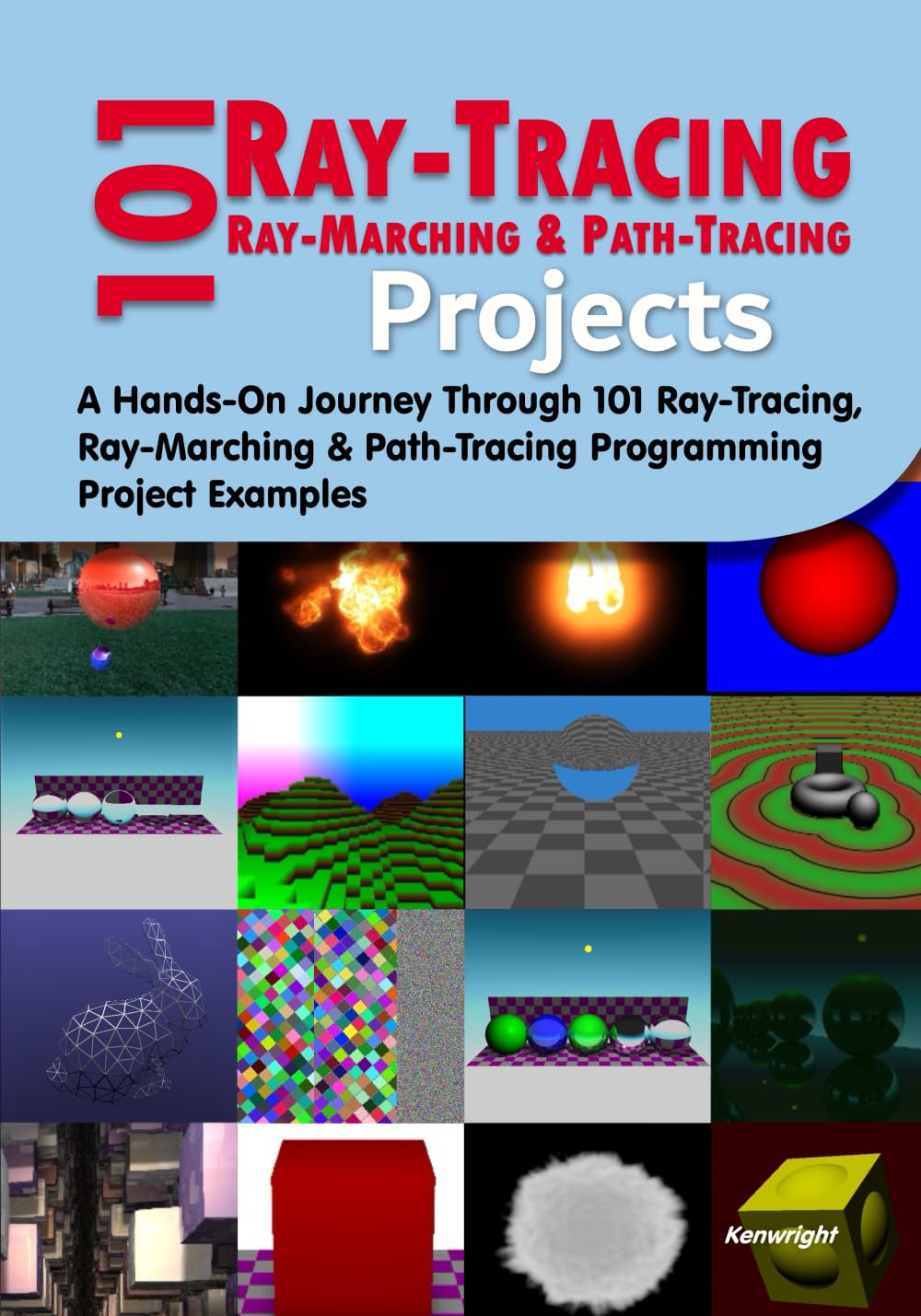
101 Ray-Tracing, Ray-Marching and Path-Tracing Projects: A Hands-On Journey Through 101 Programming Project Examples
An illuminating journey into programming, "101 Ray-Tracing, Ray-Marching and Path-Tracing Projects (Paperback)" explores its profound influence on the digital frontier. With clarity and enthusiasm, this essential read delivers fresh perspectives and actionable insights that inspire curiosity and spark meaningful progress.



Sarah Johnson
Professional ReviewerI appreciated the way each chapter ended with reflection prompts—it encouraged me to apply what I learned right away.
September 25, 2025